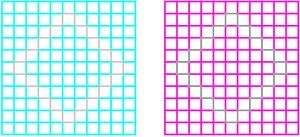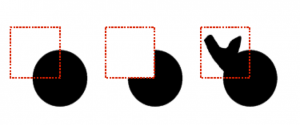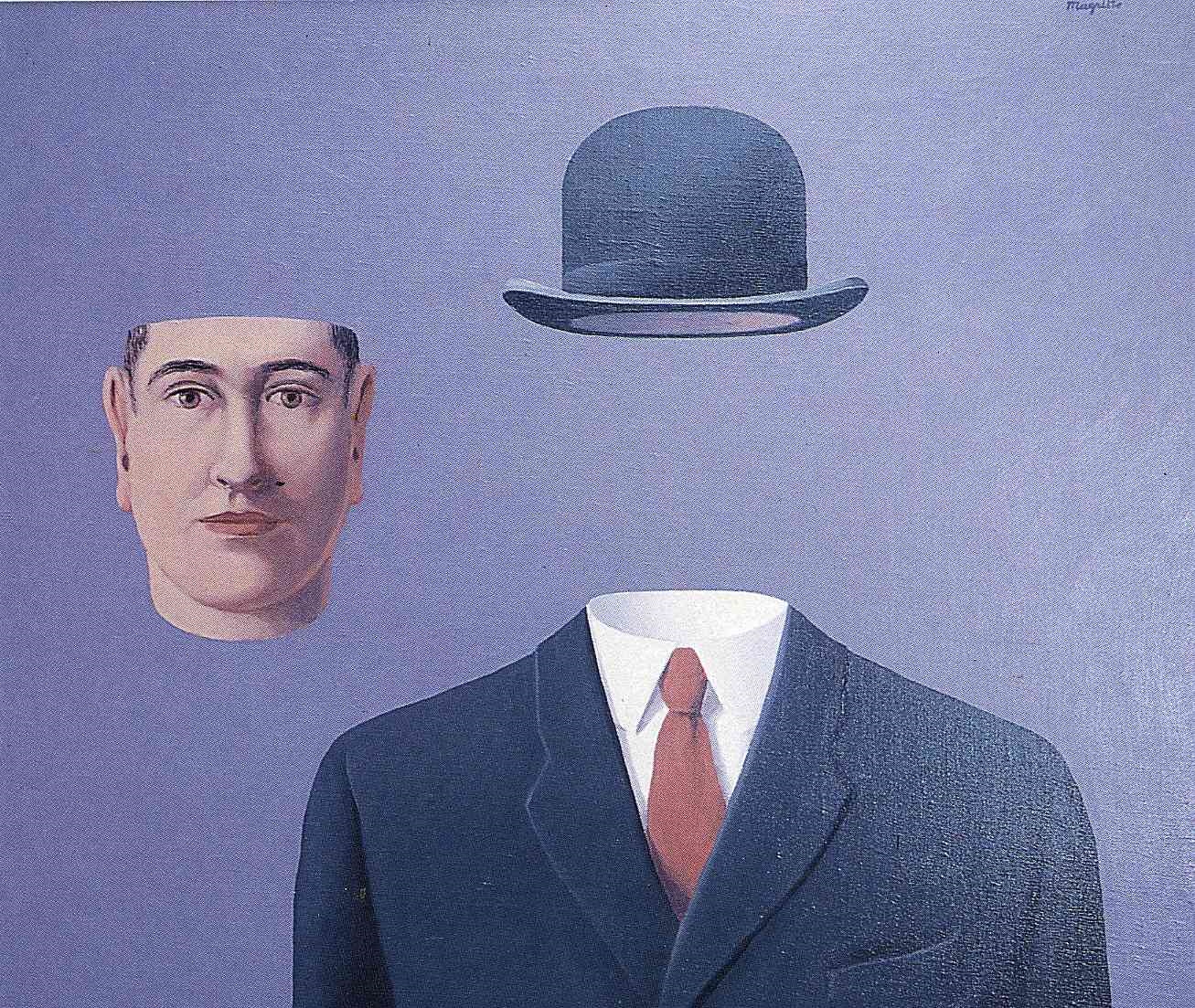This is my second entry on mental imagery, this time on the role mental imagery plays in everyday perception.
Mental imagery: Perceptual processing that is not triggered by corresponding sensory stimulation in the relevant sense modality.
This covers a lot of things:
- Blind spot
- Peripheral vision
- Some optical illusions (like neon color spreading)

- Amodal completion
- Multimodal completion
Focus here is on amodal completion.
Claim: in the vast majority of cases, perception depends constitutively on mental imagery. Because of amodal completion.
Amodal completion: the representation of occluded parts of perceived objects.

It is used in perceiving almost all everyday scenes (because every non-transparent object occludes what’s behind it and all three dimensional non-transparent objects self-occlude).
((almost all because in the case of simple two-dimensional displays (of, say, a triangle, we do not get amodal completion))
- Amodal completion is a form of mental imagery (it is perceptual processing that is not triggered by corresponding sensory stimulation in the relevant sense modality)
- In the vast majority of cases, perception depends constitutively on amodal completion.
General picture of perception: it is (almost) always a mixture of sensory stimulation-driven perceptual processing and mental imagery (perceptual processing that is not sensory stimulation-driven).

Multimodal completion: up next …

